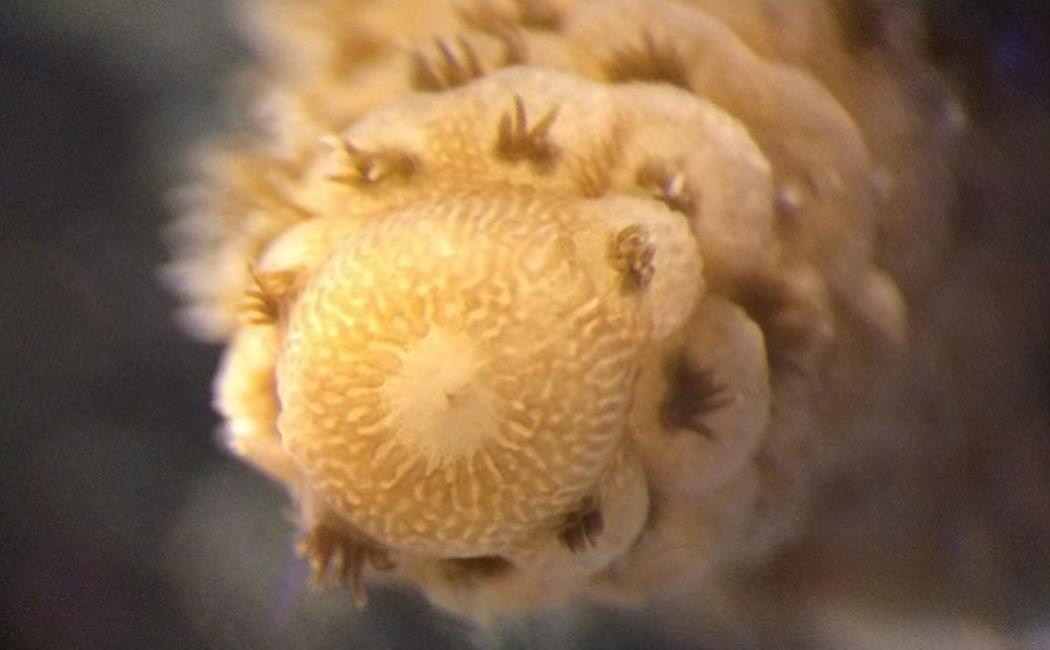
Measuring how corals accumulate pollutants
18 August, 2020
Marine pollutants are taken up by corals directly from seawater as well as through accumulation in their food, shows research from KAUST that uses a state-of-the-art spectroscopy technique known as cavity ring-down spectroscopy. This is the first time the approach has been used to measure pollutant accumulation.
A hydrocarbon pollutant, phenanthrene, was monitored to see how it accumulates in coral tissue by a team formed by members from Agusti's and Duarte's labs at the Red Sea Research Center, collaborating with researchers at the Australian Institute of Marine Science (AIMS). Coral colonies were grown at the AIMS National Sea Simulator for a fortnight before being exposed to phenanthrene, which is often used as a model for oil pollution.
Click here to read the full story
Image: Corals take up marine pollutants directly from seawater as well as through accumulation in their food.
© 2020 KAUST-AIMS